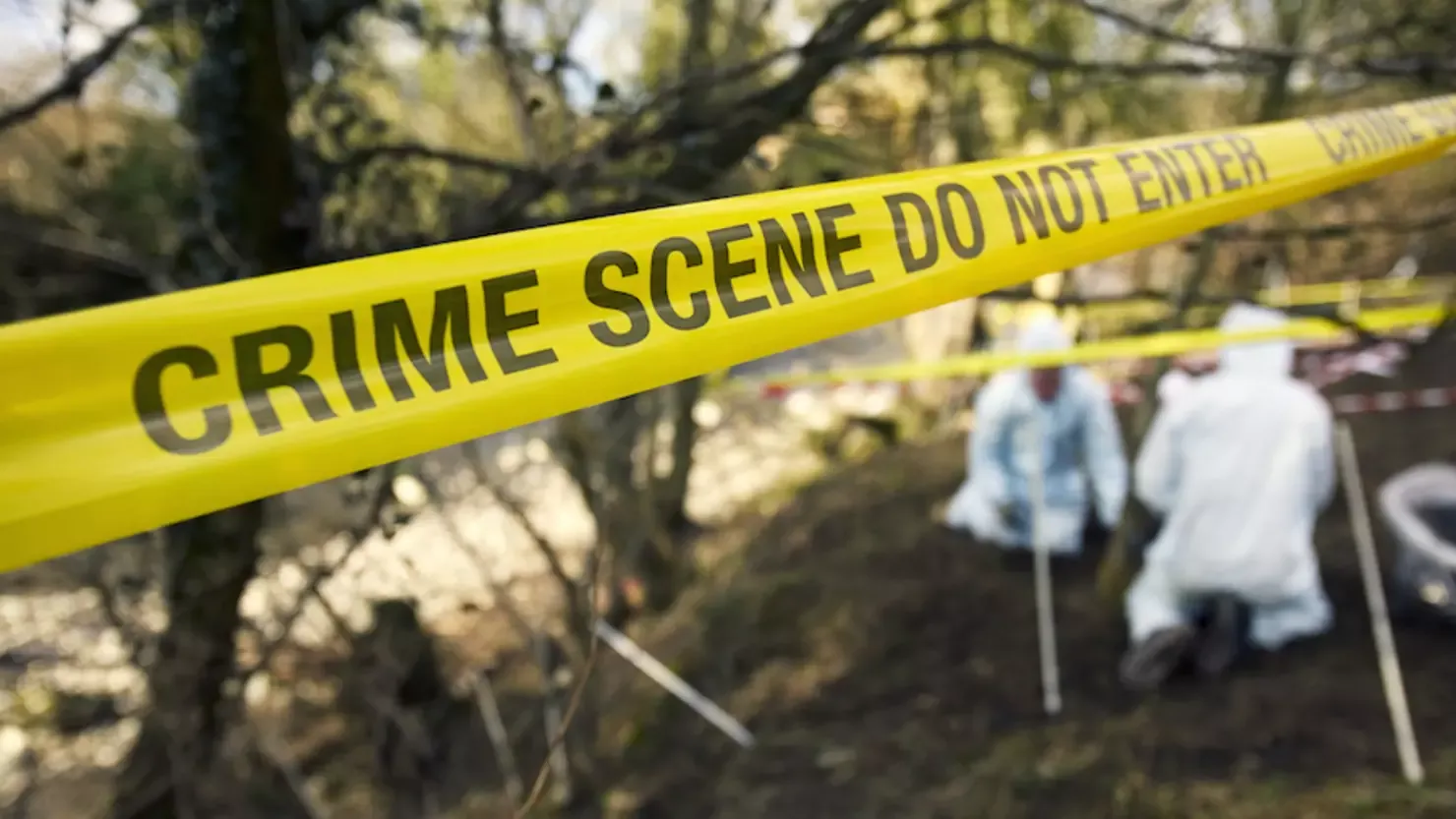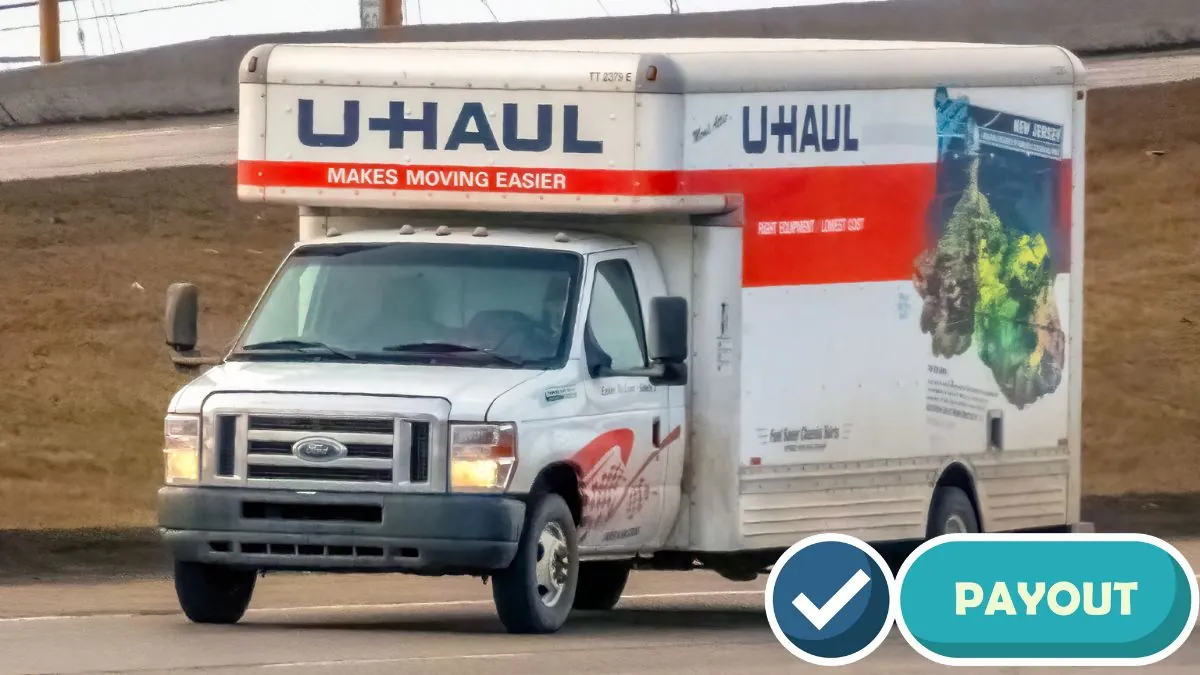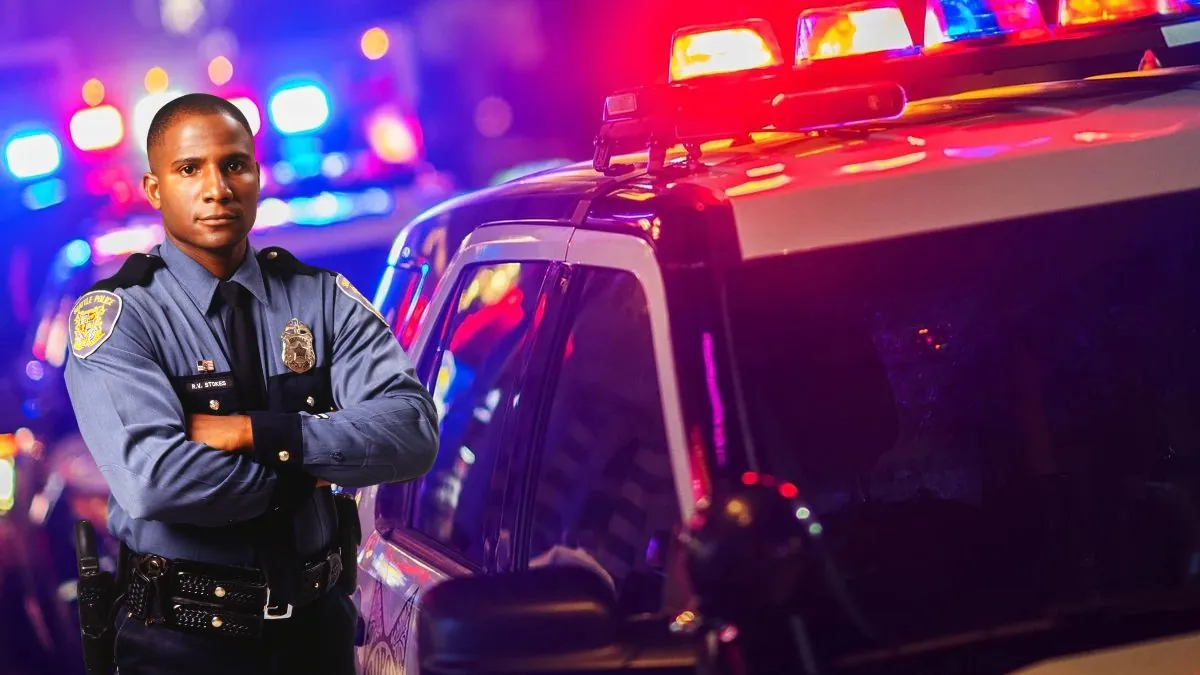Chicago attracts numerous visitors each year with its renowned museums, restaurants, sports events, and theatrical performances. This allure also makes it a sought-after location for new residents. However, before packing your belongings and engaging movers in Chicago, it is crucial to be aware of the city’s varied safety landscape.
Certain areas in Chicago are notorious for their high crime rates. While many neighborhoods are relatively safe, some have significant issues with violence and crime that should be avoided, reported by Fingerlakes.
Here are some of the most high-risk areas in Chicago, which you may want to avoid:
Englewood
Englewood, known for its high murder rate, ranks as one of the most dangerous neighborhoods in Chicago, particularly after dark. Violent crime in Englewood is 148% higher than the city average, including incidents of assault and robbery. The neighborhood’s high crime rates are driven by ongoing gang conflicts and the illegal drug trade, leading to frequent gun violence. In 2021, Englewood reported over 50 murders, the highest number among Chicago’s neighborhoods. Unless absolutely necessary, it is advisable to avoid traveling through this area.
Riverdale
Riverdale, situated near the Calumet River on the city’s south side, also suffers from severe gang activity and violent crime. Recent statistics show a more than 50% increase in murders as rival gangs vie for control over the drug trade. This violence has stunted community development and hampered law enforcement efforts. Riverdale’s property values have declined significantly due to frequent shootings, and the area lacks attractions that could justify a visit. It is best to avoid this neighborhood due to its unsafe conditions.
Fuller Park
Despite its small size of just 0.17 square miles, Fuller Park experiences disproportionately high crime rates, including assault, robbery, and vehicle theft. The area’s crime rates exceed the city average by 45% or more, yet police clearance rates are below 10%, resulting in frequent unpunished criminal activity. Fuller Park’s limited amenities and high crime levels create a dangerous environment for both residents and visitors.
Grand Boulevard
Grand Boulevard, although known for its architectural beauty, is plagued by high rates of street assaults, armed robberies, and illegal weapons possession. Drug addiction and gang violence contribute to the area’s criminal activities, which have worsened despite federal intervention. Visitors should exercise extreme caution if traveling to Grand Boulevard, as the area’s safety issues are well-documented.
West Englewood
West Englewood faces similar issues as neighboring Englewood, with high levels of robbery, aggravated assaults, and fatal shootings. The area suffers from urban decay and declining public services due to a shrinking tax base. Both residents and visitors are at risk of becoming victims of gang violence. Conditions in West Englewood have deteriorated in recent years, making it a highly dangerous area to navigate.
East Garfield Park
Once named the most dangerous neighborhood in Chicago in 2017, East Garfield Park continues to struggle with high violent crime rates. The area has a history of high homicide rates and drug-related violence. Although there are efforts to improve safety through redevelopment and youth programs, significant challenges remain. Casual visits to East Garfield Park are ill-advised due to its ongoing safety issues.
Washington Park
Washington Park, despite its attractive green spaces and architecture, is marred by severe gun violence and high rates of theft and robbery. The presence of gangs involved in drug trafficking fuels the violence in the area. Emergency measures are being taken to address the situation, but casual visits are not recommended due to the prevalent dangers.
North Lawndale
North Lawndale, an economically disadvantaged area, faces high robbery rates and violent crime, particularly involving young victims and illegal firearms. Socioeconomic barriers contribute to the area’s crime issues, and while federal efforts aim to reduce gang influence, progress is slow. Visitors should exercise caution and avoid North Lawndale due to its unsafe conditions.
Austin
Austin, with nearly 80 active gang factions, is known for its high murder rates. The area has gained notoriety as a hub of violent crime, driven by gang conflicts over drug and firearm sales. Conditions in Austin resemble conflict zones, with high risks for both residents and visitors. The area’s safety has declined significantly, making it an area to avoid.
Humboldt Park
Humboldt Park, historically associated with high violence, continues to face issues with gang activity and violent crime. The Latin Kings gang, which is heavily involved in drug and gun operations, remains a significant threat. While the neighborhood has cultural and artistic appeal, safety concerns necessitate caution, particularly around certain blocks and public housing areas.
Takeaway
When moving to or visiting cities like Chicago, being informed about high-risk areas can help avoid potential dangers. Most of Chicago’s neighborhoods are vibrant and welcoming, but awareness and caution are essential when navigating areas with significant safety concerns. Engage with reputable moving companies and stay informed about the city’s safety landscape to ensure a secure and enjoyable experience in Chicago.
This Article Includes







